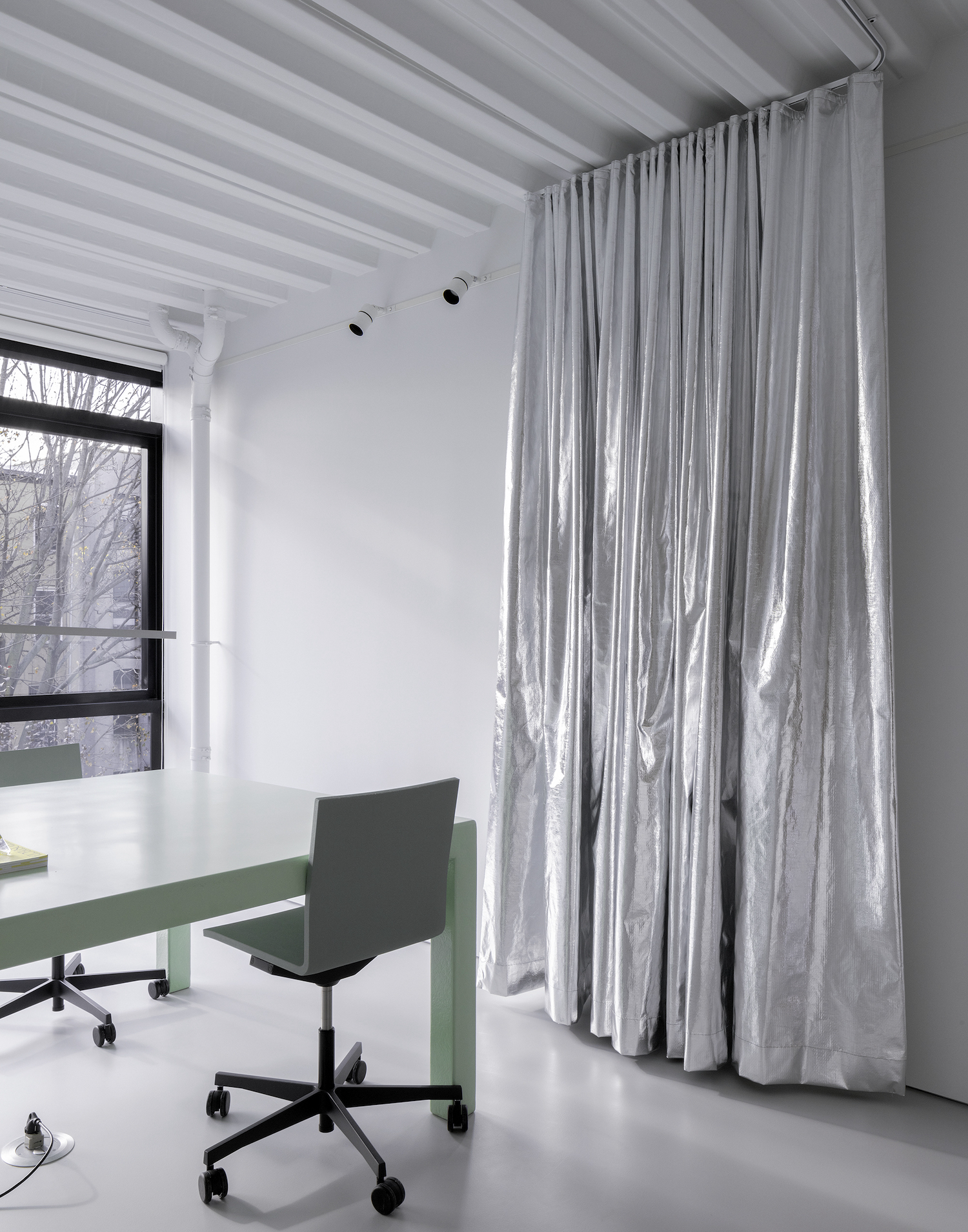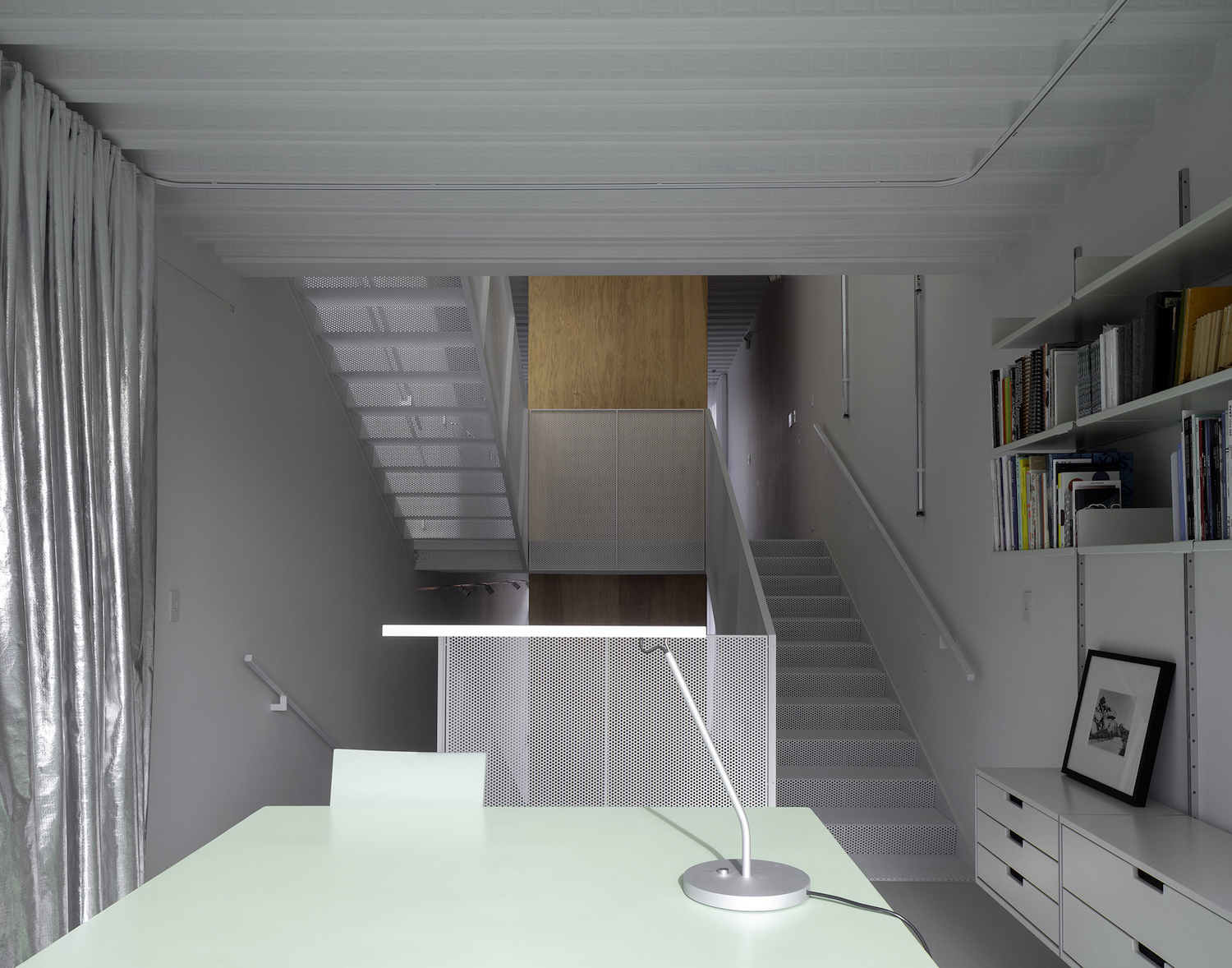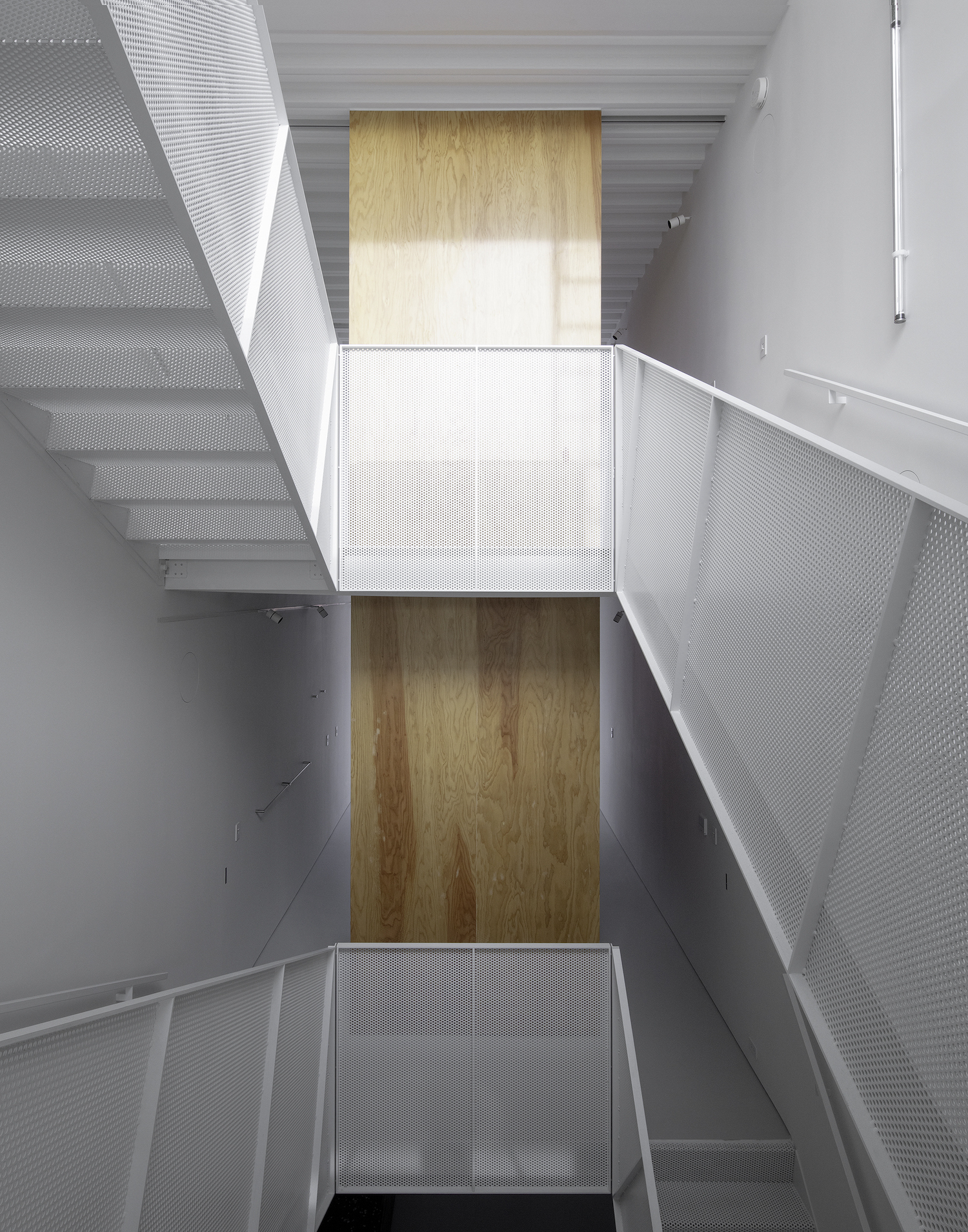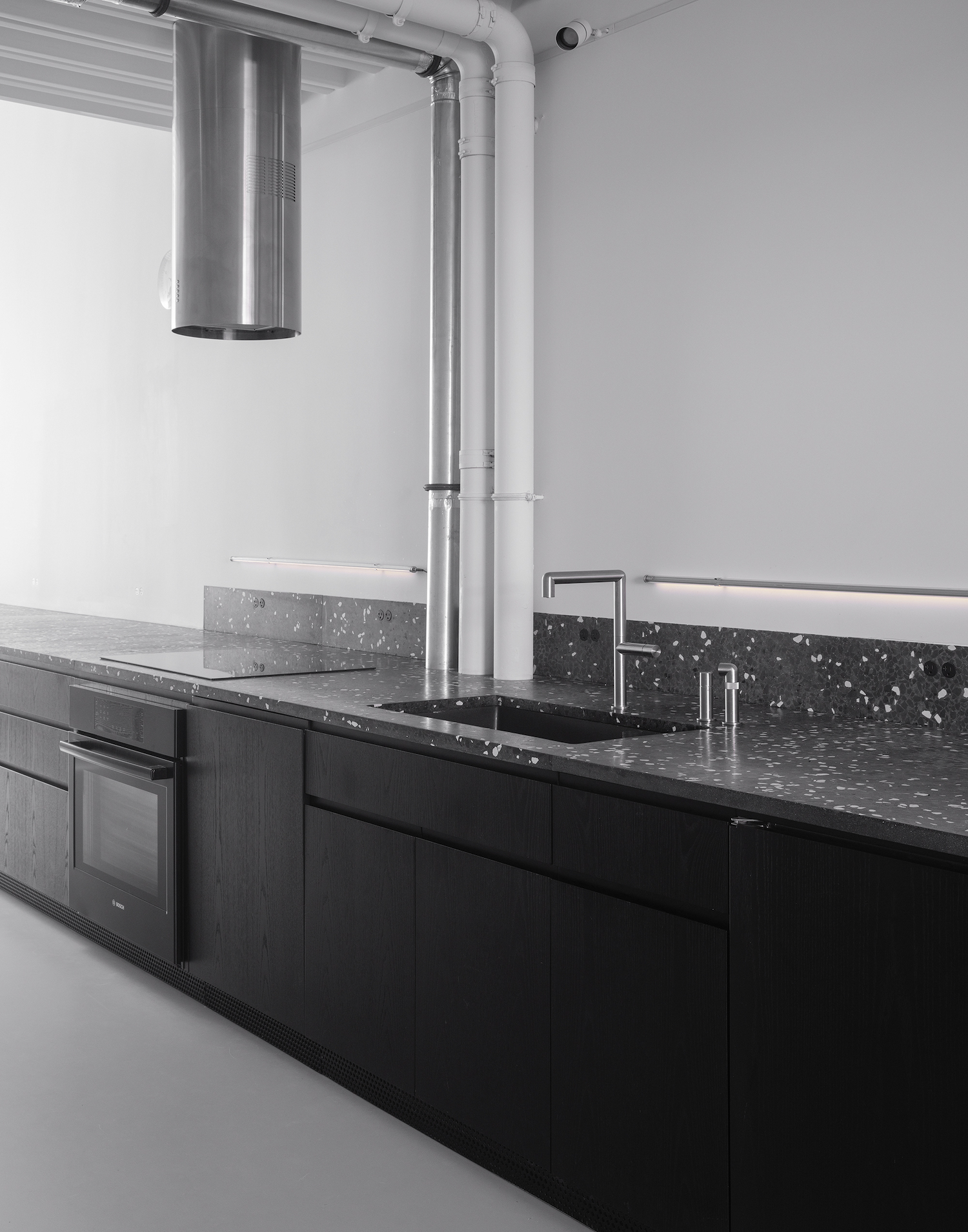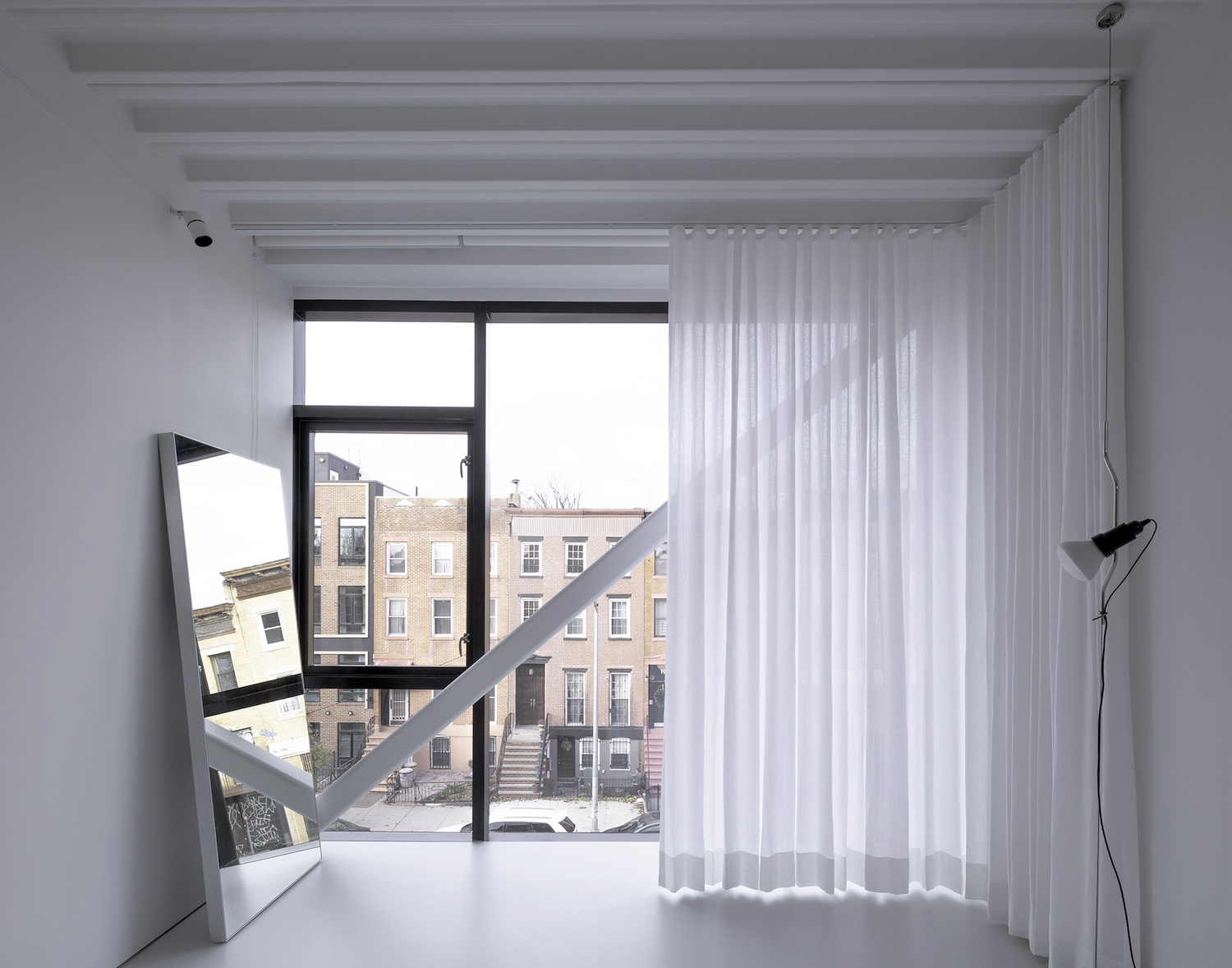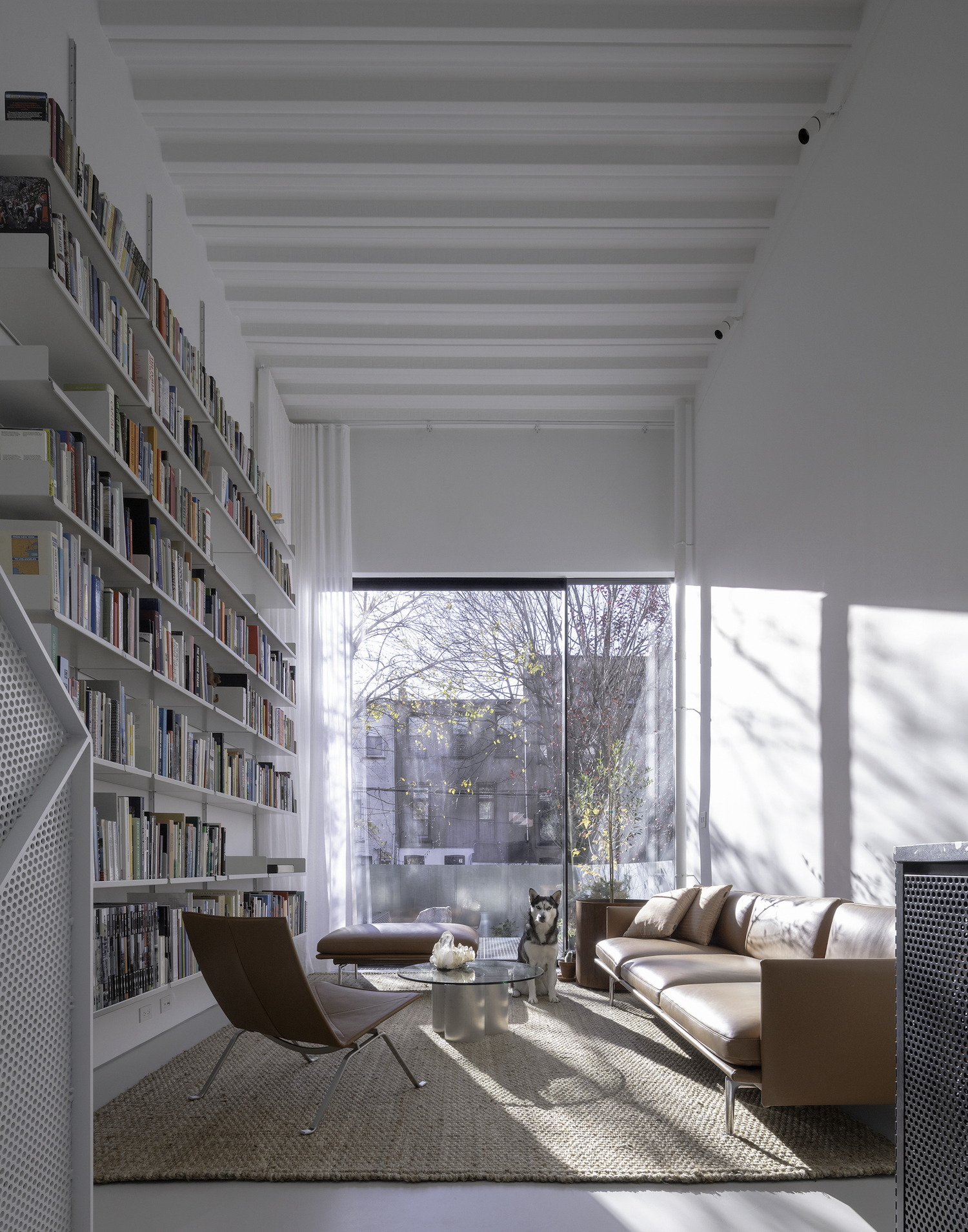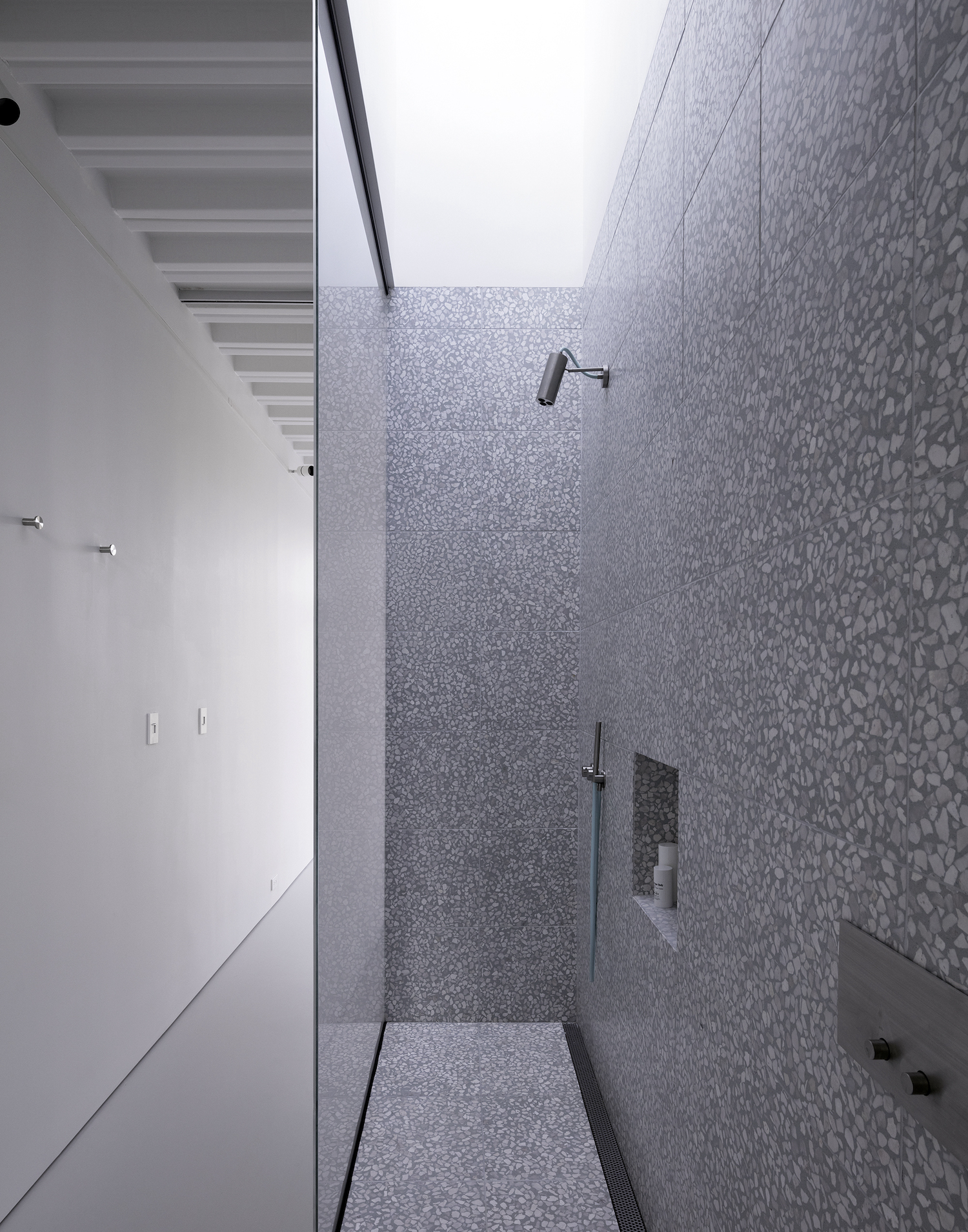Narrow House is a minimal residence located in Brooklyn, New York, designed by Only If. In Brooklyn’s Bedford-Stuyvesant neighborhood, the Narrow House stands as an intriguing architectural feat. Designed to fit a unique 13-foot-4-inch wide by 100-foot deep plot, this home defies typical New York City zoning regulations for residential spaces. Despite its slender dimensions, the site met specific criteria that allowed for the development of this previously vacant lot, which would usually be prohibited for lots less than 18 feet wide. The Narrow House offers an architectural solution for utilizing constrained and irregular urban spaces while also presenting a broader argument for inventive housing solutions. By demonstrating the potential for infill development, the project highlights the possibilities of creating new living formats in overlooked urban areas. The primary challenge in designing the Narrow House was not its exterior appearance, but rather ensuring adequate daylight and circulation within the limited space.
To address this, the front and rear elevations feature large glass panels, flush with the surrounding black stucco, allowing maximum light to enter the interior. The house is characterized by a distinct lack of interior walls, rooms, and corridors, with its open layout providing an 11-foot clearance, facilitating daylight penetration throughout the living space. Instead of walls, the split-level design creates distinct spatial zones for various domestic functions. A perforated steel staircase in the center of the home serves as a lightwell, allowing daylight to reach the middle of the plan. This vertical void further accentuates the sense of openness within the house. The architects behind the Narrow House not only designed the project, but also initiated it and currently reside within the space. By doing so, they are exploring new models of architectural agency that extend beyond the traditional client-architect service model, showcasing a more direct involvement in the development and inhabitation of their creations.
Photography by Naho Kubota
